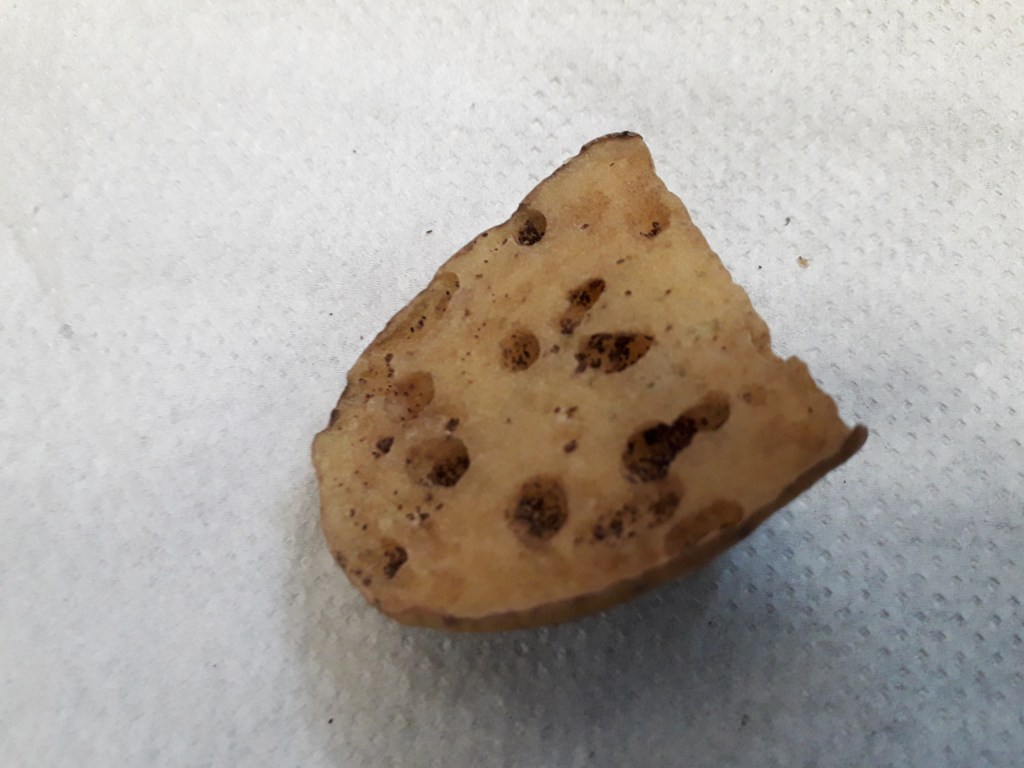Woodlice are not insects but they are definitely crunchy on the outside, so we’re happy to devote some space to this fascinating group of crustaceans in the order Isopoda. Lucas Brooks, who showed us his woodlice at our recent summer school, writes about his own growing colony.
I started a colony of eighteen woodlice I collected from outside my flat. The woodlice inside the colony appear to consist of a several types (see below). They seem to enjoy eating potatoes more than anything so I have made that their main food source, but they sometimes eat dry leaves and decaying wood. I didn’t expect them to be reproducing so fast so now there are dozens of baby woodlice running around the tank.

After a few weeks of keeping the wild woodlice, I found out about the orange variants of woodlice which sounded quite interesting. The first ‘’orange woodlouse’’ I got was a common type but with a different colour exoskeleton which is a rusty orange. I then decided to go to my local reptile shop in Kidlington and bought some Giant Orange Woodlice. ‘Giant’ for a woodlouse is up to 18mm. This type of woodlouse seems to hide more, so I don’t see them as often as the other ones. Instead of a rusty colour, these woodlice are pure orange.

The reason I am so interested in woodlice is because I never really investigated them before, so it was a fully new experience for me. Plus, the woodlice also being extremely bizarre and intriguing got me into keeping them as pets.
If, like Lucas, you are fascinated by an insect or other invertebrate, please get in touch to let us know! You can write us a message on the Contact Us page.
Types of woodlice
At first glance, all woodlice might look the same but there are in fact hundreds of species in the UK. The one you are most likely to find is the Common Shiny Woodlouse, Oniscus asellus. The last segment of the antennae, called the flagellum, is made up of three segments. They are usually grey but can also have yellow or orange colouration. The Common Rough Woodlouse, Porcellio Scaber, has a flagellum made up of only two segments. Both these woodlice are usually grey but can also have yellowish or orangey colouration. Pill woodlice, such as Armadillium vulgare, also has a flagellum made up of two segments, but their body is more rounded, they are usually black or brown and can roll themselves into a pill-like ball when disturbed.



Published by